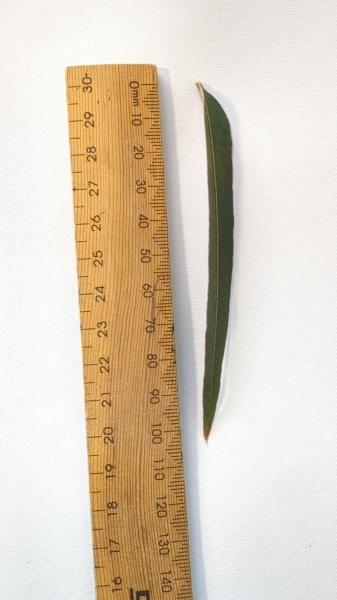
(1/2) Kurrajong - Desert For Sale
![Leaf of the Kurrajong - Desert]()
(2/2) Leaf of the Kurrajong - Desert
fullscreen1
Kurrajong - Desert
Brachychiton gregorii
Bushfood plant producing seed used for roasting and baking damper, but also for its edible root. Attractive, lime green foliage and a rounded crown produces valuable shade in its hot arid environment. Adapted to the arid regions of WA, SA and the Norther... Read Moren Territory, it goes deciduous in the dry season of October to December, and can survive extended dry periods by dropping leaves whenever necessary. Small yellow flowers appear at this time. Water is stored in its roots surprisingly close to the surface and are relatively easy to dig as a food and water source. They are reported to taste like pear and have a coconut flesh-like consistency. The tree produces thick bark on its western facing trunk, enabling people to determine direction in a featureless landscape. Seed pods are ripe in summer and are smaller than other species of Brachychiton, but are still coated in the distinctive irritating hairs of the genus. These can be rubbed or lightly toasted off. Leaf shape varies in young plants, but mature leaves eventually are 3 lobed like the footprint of the emu. Can grow between 3-10m, as a bonsai, in temperate and tropical areas, in full sun or part shade as long as drainage is very good.
Other Names: Compass Tree, Gariya, Apeng,
$19.90
Preferred Climate Tropical, Subtropical, Warm Temperate
Grown From Seedling
Max Height (when in the ground with good conditions) 2-5m, 5-10m
Plants required to Pollinate 1 (Self Pollinating)
Can it Handle Frosts? Yes
Amount of leaves in Winter? Some Leaves (Partly Deciduous)
Suitability in Pots Yes
Water Requirements Drought Hardy (Little Watering)
Is it a Dwarf Fruit Tree? Semi Dwarf (2/3 Normal Size)
Time to Fruit/Flower/Harvest 5+ Years
Sun or Shade Full (Sun:80%-100%)
Preferred Soil Type Perfect Drainage (Sand/Volcanic)
Soil pH Neutral (6.6-7.3pH), Moderately Alkaline (7.4-8.0)
Fruiting/Harvest Months January, February, March
Plant Width 2-4m
































